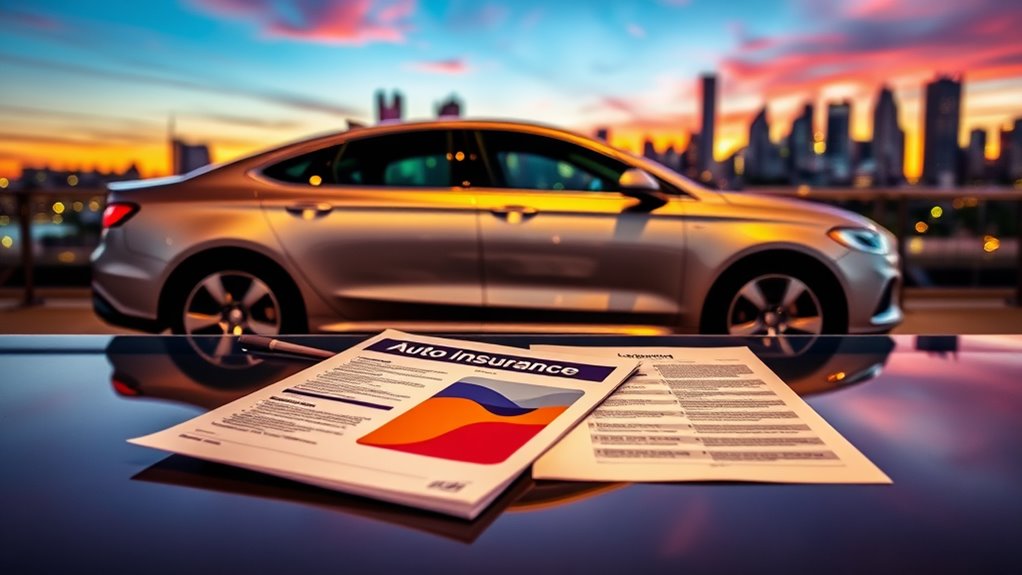Imagine you just bought a brand new car for $30,000, but after six months, it's worth only $25,000. If you get into an accident and the car is totaled, standard auto insurance might cover the current market value. However, what happens to the remaining loan balance? This is where the distinction between gap insurance and auto insurance becomes critical. Understanding these differences can greatly impact your financial security in the event of a loss.
When you purchase a new vehicle, understanding the intricacies of gap insurance and auto insurance is vital, especially in a world where car values can plummet rapidly. Auto insurance is a legal requirement in most states, designed to protect you from financial loss due to damages to your vehicle or liabilities incurred in accidents. It covers a range of eventualities, including liability for damages to others, collision damage to your own vehicle, and extensive coverage for non-accident-related incidents like theft or natural disasters. Additionally, many drivers seek ways to find affordable auto insurance, ensuring they meet legal requirements without breaking the bank.
However, auto insurance alone may not shield you from the financial burden if your vehicle is totaled or stolen and you still owe more on your loan than the car is worth. This is where gap insurance comes into play. It's an optional add-on that covers the difference between your vehicle's loan balance and its current market value in cases of total loss or theft. For example, if you owe $20,000 on your car loan but the vehicle's market value is only $15,000 after an accident, gap insurance would cover that $5,000 difference, preventing you from facing a significant financial setback.
Gap insurance bridges the financial gap between your car loan balance and your vehicle's depreciated value in case of total loss or theft.
This type of insurance is particularly beneficial for new car purchases, as new vehicles depreciate quickly. If you have a long-term loan or a leased vehicle, gap insurance becomes even more relevant, as you may end up owing more than what the vehicle is worth for an extended period. Additionally, having support for student learning can help clarify the differences between these insurance types and guide consumers in making informed decisions.
You might wonder about the costs associated with gap insurance. Typically, it adds a small amount to your annual auto insurance premium. The price can vary based on factors like your vehicle's value and your geographical location. To qualify for gap insurance, you generally need extensive and collision coverage in place, as it isn't designed to cover maintenance issues or mechanical breakdowns. It primarily focuses on protecting you from financial loss in total loss scenarios, making it essential for vehicles that depreciate quickly.
As you compare gap insurance and auto insurance, it's clear that these products serve different purposes. Auto insurance is mandatory and provides a wide range of coverage, while gap insurance is specialized, focusing solely on the financial gap that can arise when a vehicle is deemed a total loss. The need for gap insurance diminishes as your loan balance approaches your vehicle's value, making it a temporary but valuable protection tool, especially in the early stages of ownership.
Conclusion
In conclusion, while auto insurance is a legal necessity that protects you against various risks, gap insurance offers an essential safety net for those with outstanding vehicle loans. Did you know that nearly 30% of new car buyers opt for gap insurance? This statistic underscores its growing importance, especially as vehicles can lose up to 20% of their value within the first year. Understanding these differences can help you make informed decisions that protect your financial interests in vehicle ownership.

